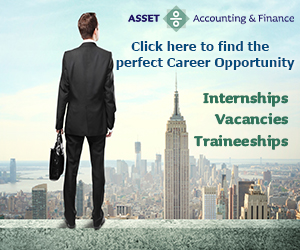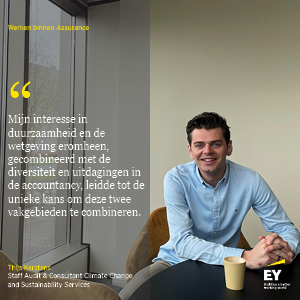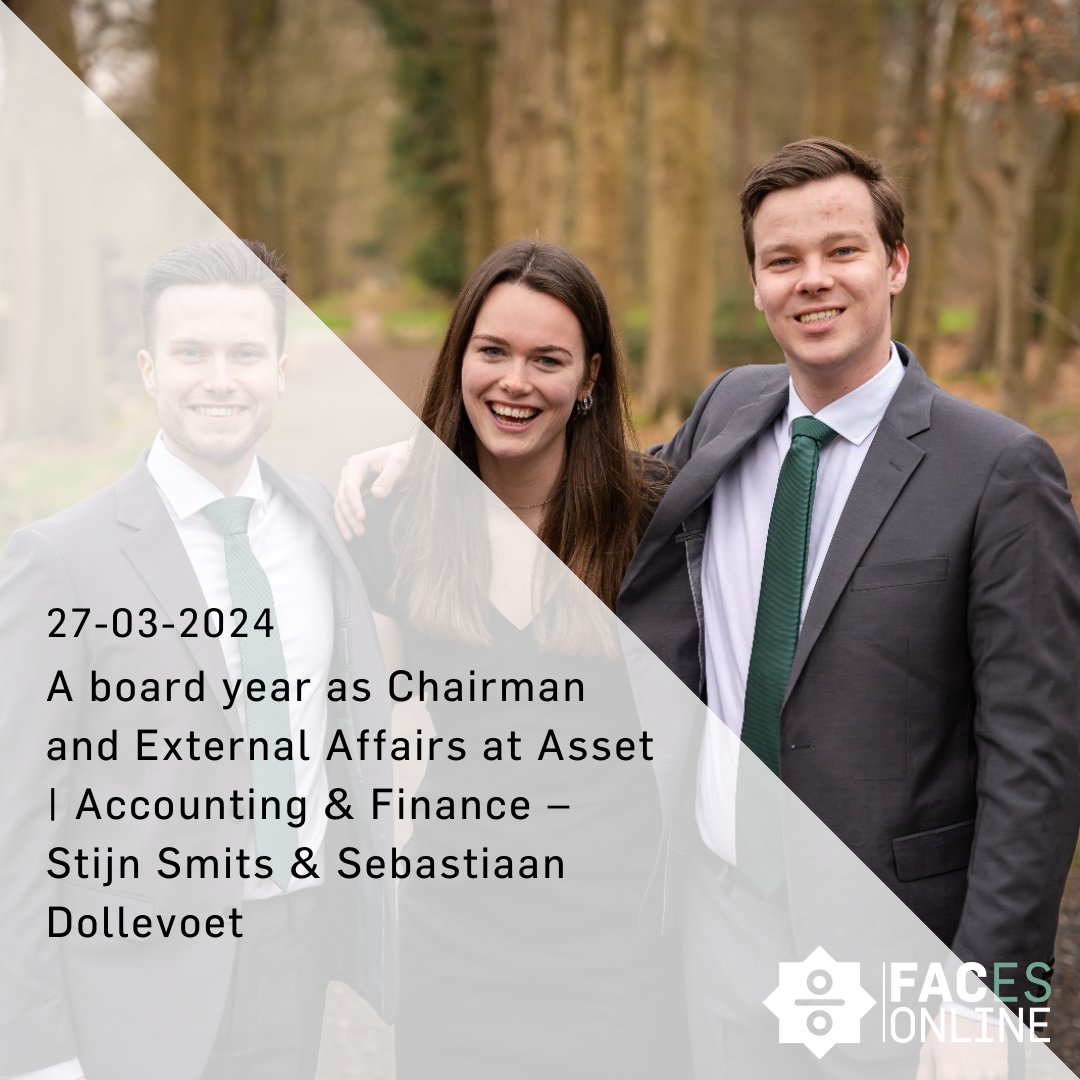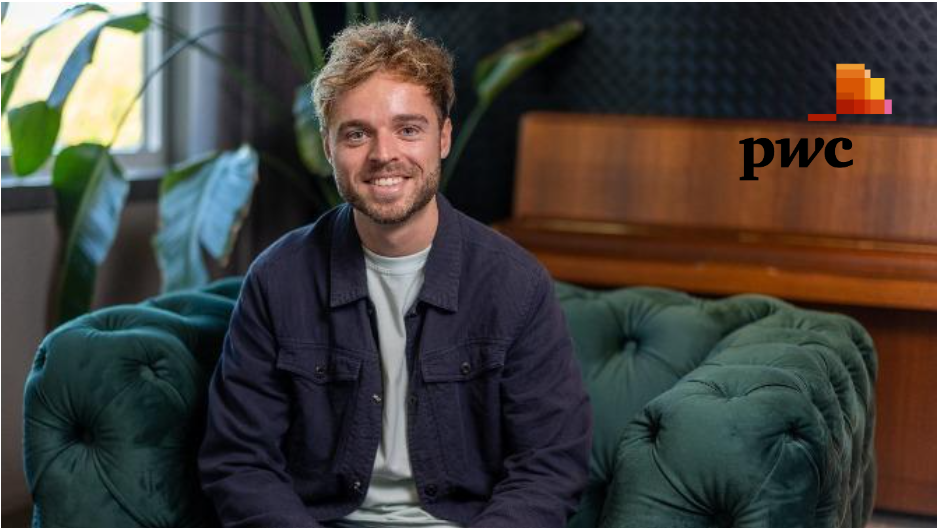Fion Veseli works as a Junior Data Analyst at Vermetten and has made an impressive mark on the Advisory team in a short time. Read below how he likes
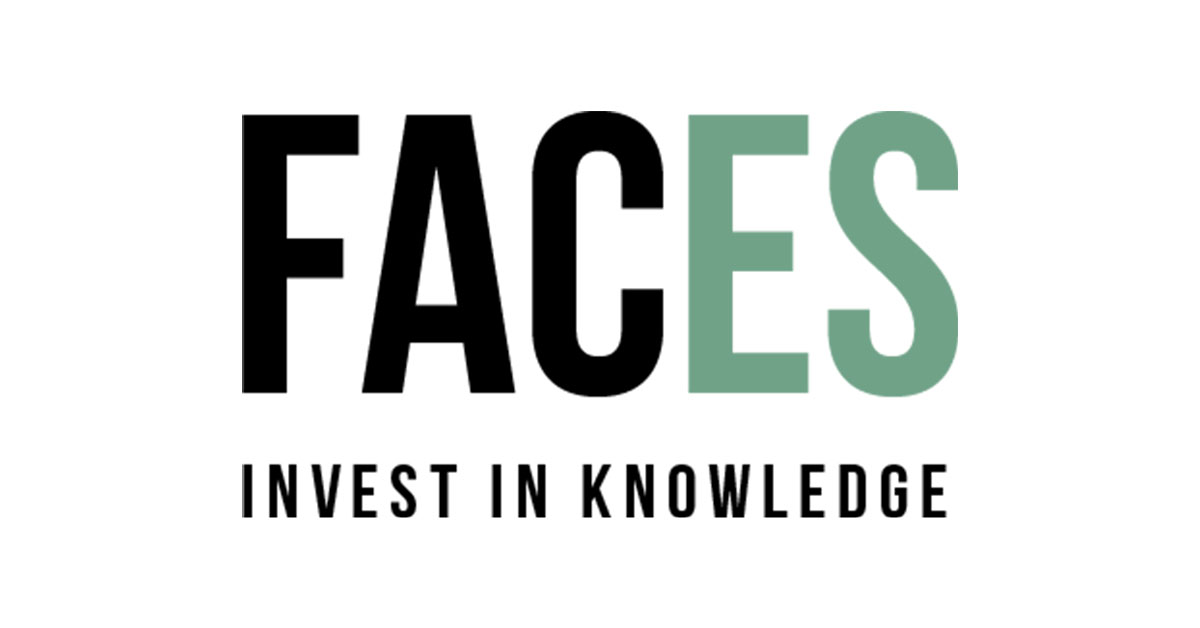
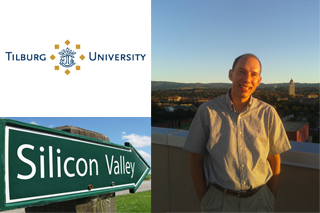
Status quo is out
Some claim that Silicon Valley is changing the world. The stretch of land between San José and San Francisco (80 km) in the Golden State of California is hosting the most influential companies in todays’ world. The “Valley” is one of the most innovative hotspots and attracts companies that alter the status quo in the field of mobility, energy, information handling, health, and shopping. Names like Google, Uber, Apple, Facebook, AirBnB and Tesla enter our daily language. The inspiring dynamic of entrepreneurship and innovation is based on a mix of elements: talent pool development and nurturing (greatly promoted by universities such as Stanford, UCSF and Berkeley), risk taking attitude where business failures are not stigmatized, financial investment culture (funds availability) and government support (both legal as well as financial).
My student experience @Stanford
Supported by the Belgian American Education Foundation (BAEF), I left my home country Belgium in September 1995 to start a PhD program at the Graduate School of Business (GSB) of Stanford University. BAEF started as an initiative of the Commission for Relief in Belgium during WW I by President Herbert Hoover, one of the first Stanford alumni, and is still supporting each year dozens of Belgian students to study at top US universities. After the welcome cocktails with the 25 new PhD students and GSB faculty under the Californian sun, the academic program started in full swing. The math, micro-economics and econometrics courses with multiple weekly assignments kept everybody busy, even sleep deprived. The different student backgrounds often stimulated interesting class or homework discussions, and above all generated new ways of thinking. Taking courses at other schools was another pillar of the educational experience. The resampling statistics class taught by Bradley Efron (inventor of the bootstrap method) was for me one of the best classes ever. Prof. Efron demonstrated how advances in a new area of statistics generated breakthroughs in the medical and engineering sciences. Exciting stuff, also for a B-school student. Developments in the tech sector were vividly discussed on campus, and greatly affected my dissertation research.
Back after 14 years
In June 2014, I had the opportunity to spend 2 months as a visiting accounting faculty member at the Stanford GSB. Together with Koen Becking (TiU President), who visited me for 3 days, I took the opportunity to learn more about new educational tools, such as the MOOCs studio, the cutting edge digital (distance learning) class rooms, the creativity and startup lab. I met with MBA students and faculty members to learn more about new teaching approaches. The link with practitioners, such as venture capitalists and entrepreneurs, is very apparent in the learning experience. At the annual 4th of July soccer game between LA Galaxy and San José Earthquakes at the Stanford Stadium (with more than 40000 thousand people attending), I was introduced to a group of Valley entrepreneurs. Interestingly, one of them was the founder of Turnitin, used at Tilburg University for thesis processing.
Valley lessons learned
Tilburg University can make smart decisions to enhance its position within the Brainport ecosystem while striving for international academic excellence, similar to Stanford University in the Silicon Valley setting. The data science initiative is a great example of getting cross-university collaboration (with TU/e), supported by government and the business community. That provides a fruitful soil for entrepreneurial activity.
At a personal level, I greatly recommend students to have a study experience abroad, preferably in a vibrant economic area and a challenging academic environment. You will adopt an international mindset and create a global network that will benefit you for the rest of your life. Take risks, don’t be satisfied with the status quo and challenge yourself. You won’t regret it!






